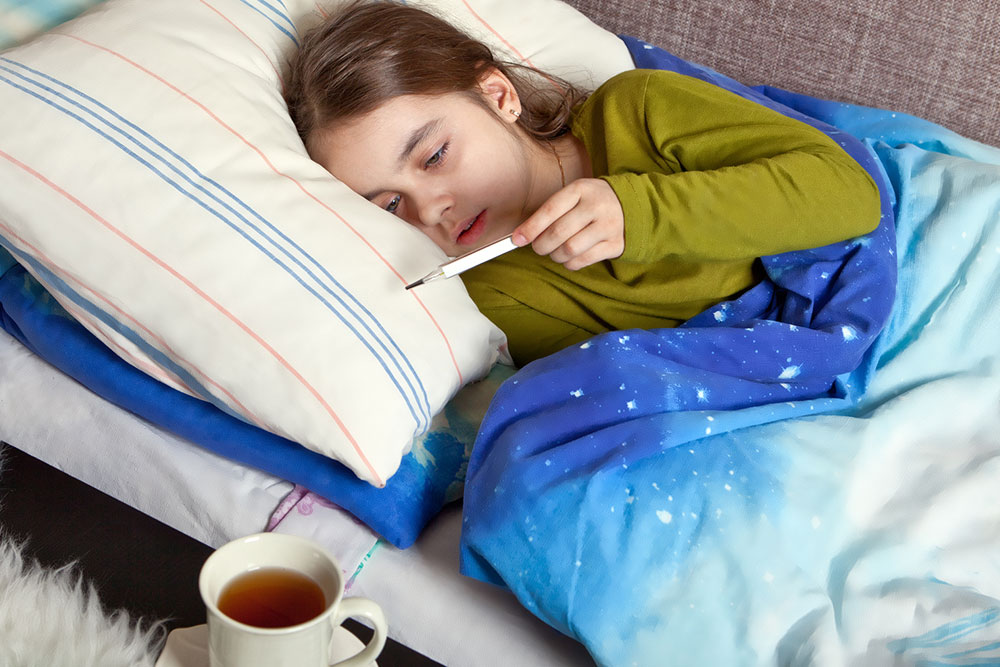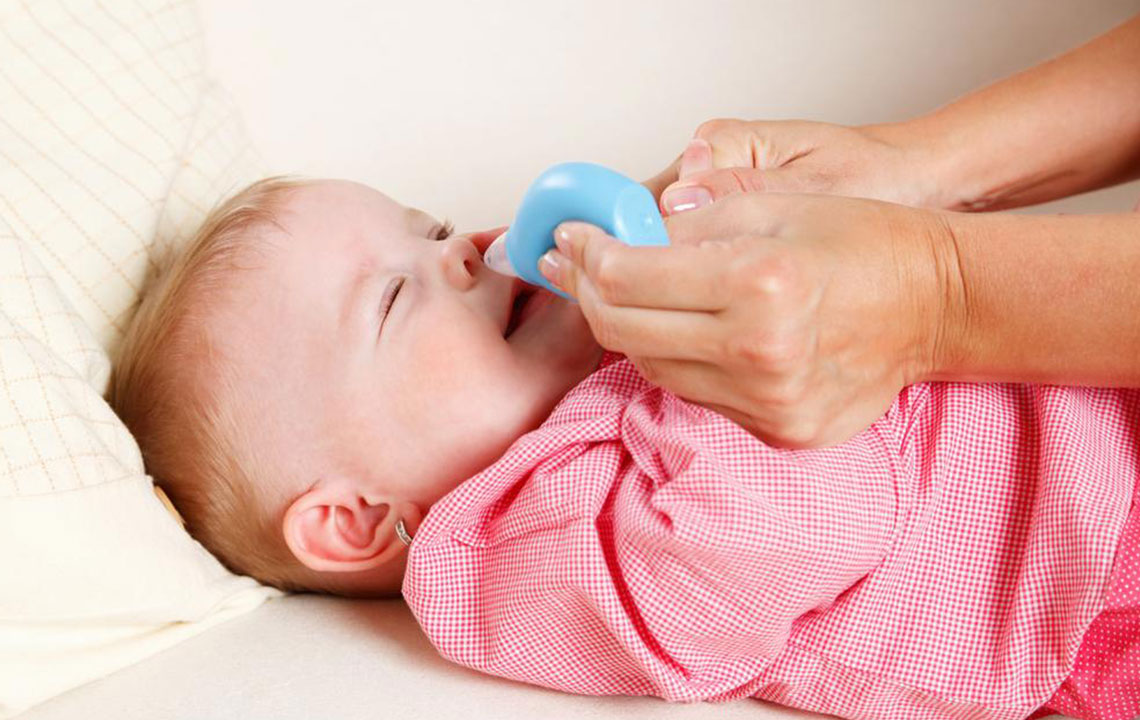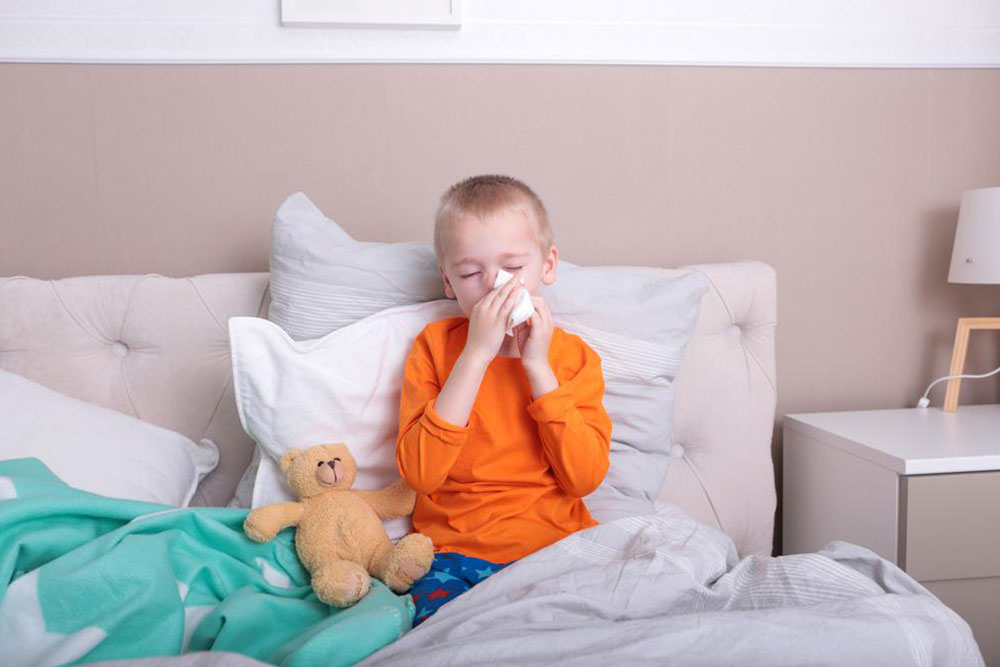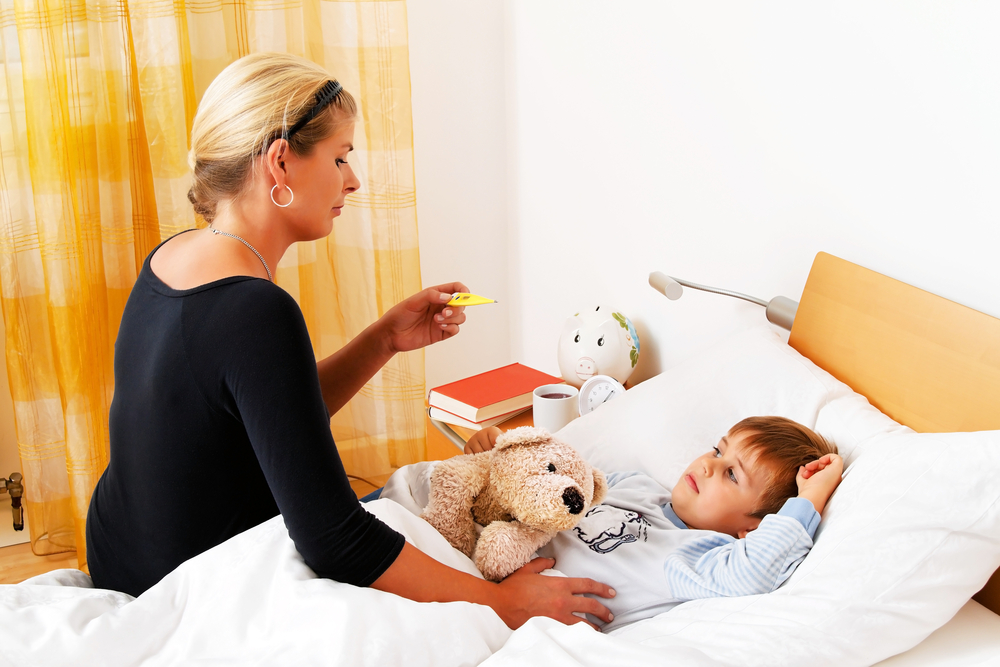Comprehensive Guide to Monitoring Children's Temperatures and Interpreting Fever Levels
This comprehensive guide provides detailed instructions for accurately measuring children's body temperature using various thermometers and understanding fever thresholds based on age. It emphasizes safe measurement practices and highlights when urgent medical attention is necessary. Whether you’re a new parent or caregiver, learning these techniques helps ensure your child's health is closely monitored, enabling prompt response to potential illnesses and reducing health risks. The article covers all essential methods and precautions to assist in managing childhood fever effectively.

Effective Techniques for Measuring Children's Body Temperature and Recognizing Fever Signs
Maintaining a clear understanding of a child's normal body temperature and knowing how to measure it accurately are fundamental steps in managing childhood illnesses. Proper temperature assessment enables parents and caregivers to determine whether a child has a fever, which can be a warning sign of infection or other health issues. The use of fever charts, tailored to different age groups, aids in quickly identifying when a child's temperature surpasses safe thresholds, prompting timely medical intervention.
Understanding Normal Body Temperatures in Kids
Children's core body temperatures can vary slightly depending on age, activity level, and the measurement method used. Generally, infants and young children tend to have slightly higher normal temperatures compared to adults. Recognizing these variations is essential for accurate interpretation.
Age-Specific Fever Thresholds
For infants up to 3 months: A temperature above 100.4°F (38°C) is considered a fever.
For children aged 3 to 6 months: A fever is indicated by a temperature exceeding 101°F (38.5°C).
Children older than 6 months: A temperature higher than 102°F (39°C) suggests fever.
These thresholds are vital for parents to monitor and decide when to seek medical care.When to Seek Urgent Medical Attention
While minor illnesses can often be managed at home, certain signs warrant immediate medical evaluation. Seek urgent care if:
The infant is under 3 months old and exhibits signs of fever.
The child displays symptoms such as dehydration (dry mouth, lack of tears, sunken eyes), difficulty breathing, persistent or severe pain, rash, neck stiffness, or if the fever persists beyond five days despite medication.
Prompt medical assistance in these situations is crucial to diagnose underlying issues and ensure appropriate treatment.Various Methods to Measure Body Temperature in Children
Accurately measuring a child's body temperature involves selecting the right thermometer and technique. Digital thermometers are preferred for their ease of use and accuracy. Different methods include rectal, oral, temporal artery, underarm, and ear measurements, each with specific protocols and normal ranges.
Rectal Temperature Measurement in Infants: The most accurate method for infants. Normal temperature ranges from 97.9°F to 100.4°F (36.6°C to 38°C). To measure:
Apply a small amount of lubricant to the thermometer tip.
Position the infant comfortably on their stomach or back with legs gently flexed.
Gently insert the thermometer into the rectum about one inch (2.5 cm), ensuring not to cause discomfort.
Hold it steady until the device signals measurement completion.
Oral Temperature Measurement: Suitable for children who can keep the thermometer under their tongue properly. Normal range: 95.5°F to 99.5°F (35.3°C to 37.5°C). Procedure:
Place the thermometer under the child's tongue, with lips closed tightly around it.
Wait until the thermometer beeps before reading the temperature.
Temporal Artery Temperature Measurement: A quick and non-invasive method. Normal: 97.9°F to 100.1°F (36.6°C to 37.8°C). To measure:
Gently sweep the thermometer across the child's forehead, from one side to the other, following device instructions.
Axillary (Underarm) Temperature: Common for young children. Normal: 94.5°F to 99.3°F (34.7°C to 37.4°C). To measure:
Place the thermometer under the armpit, making sure it touches skin directly.
Hold the arm close to the body and wait until the measurement is complete.
Ear (Tympanic) Temperature Measurement: Fast and convenient for children old enough to cooperate. Normal: 96.3°F to 100°F (35.7°C to 37.8°C). To measure:
Insert the thermometer gently into the ear canal according to the manufacturer's instructions.
Ensure a proper seal, then wait for the reading.
Precautions for Accurate and Safe Temperature Measurement
Proper technique and hygiene are crucial. Always:
Follow the manufacturer's instructions carefully for each device.
Clean thermometers thoroughly with soap and lukewarm water or alcohol wipes before and after use.
Avoid cross-contamination by using separate thermometers for oral and rectal measurements. Clearly label them to prevent confusion.
Store thermometers safely and replace them if damaged or after extended use to ensure accuracy.
By mastering these methods, parents can efficiently monitor their child's health, recognize early signs of fever, and seek timely medical attention when necessary.





